The days of cheap plonk look to be numbered as the mults report a sharp fall in sales of sub-£5 bottles and booming demand for premium and fine wines.
Sales of sub-£5 wines have fallen 8.4% by volume and sub-£3 bottle sales have nosedived 43% [Nielsen 52 w/e 2 March 2013].
Meanwhile bottles above £5 have seen a 13% surge in volume sales. Growth has been strongest in the £8-plus bracket, with value and volume growth of 17.2%. Sales of wines priced £10-plus have also risen sharply, by 16.7%, albeit from a smaller base.
With the average price of a bottle of wine hitting £5 last December, £3 bottles were fast disappearing, said Nielsen’s client business partner for wines and ciders Helen Stares. It was no longer possible to sell wine at that price, she argued.
“By the time you take out duty and VAT on a bottle, it is £2.30 to £2.40, then if you add in the cost of distribution, the cost of making wine and the shipping, there’s very little left in it.”
wine, women… and a tax burden
Chancellor George Osborne’s tax measures on alcohol are unfairly biased against women drinkers, research has suggested.
Figures from the Wine and Spirit Trade Association claimed the changes in last month’s Budget would lead to an overall increase in the alcohol tax burden across the trade by £292m.
But they also suggested women would have to contribute £178.6m more, compared with just £113.6m for men, because of the focus on wine and spirits.
“Its remarkable that women will pay an additional £65m above men - 61% of the total increase,” said a WSTA spokeswoman.
Although £3 to £6 bottles still account for most sales by volume, growth is being driven by higher-priced wines, revealed the data - a finding substantiated by the supermarkets.
“We are seeing a trade up in customer wine choice as people look at ways of staying at home more and not going out,” said Sainsbury’s wine category manager Andy Phelps. “We’re becoming more wine savvy as a nation and people are more prepared to spend, so £7 to £8 a bottle isn’t completely outlandish.”
Growth in fine wines was “healthy” he added, up 23% year-on-year.
Tesco, Morrisons, Booths and Lidl also reported strong growth in premium wine sales.
“There has been a steady move by shoppers towards more premium wines over the last year and many of our customers are increasingly asking for a wider choice of fine wine,” said Tesco fine wines buying manager Lindsey Chadwick.
Movement on wines priced £15-plus at Tesco was “even more pronounced”, she added, with record growth of 49% over the Christmas period versus 2011.
Increasing demand for affordable luxury has seen even discounters push their premium lines, said Kevan Mulcahey, business unit director of the alcohol team at Kantar Worldpanel.
A Lidl spokeswoman said there had been a “marked shift” among consumers towards fine food and wines - but at a competitive price.
“Our most expensive listed bottle of wine - Chateauneuf du Pape - is £12.49, which would be around £15 at other supermarkets,” she added.









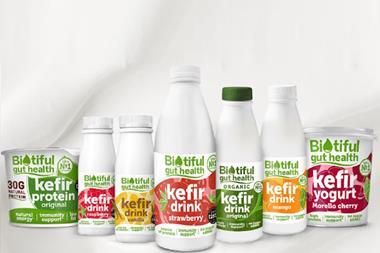
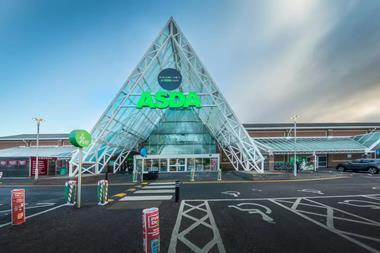
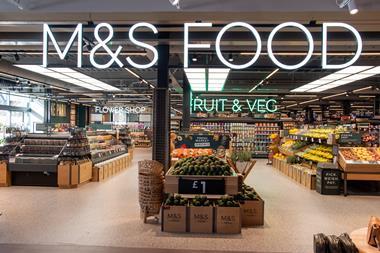


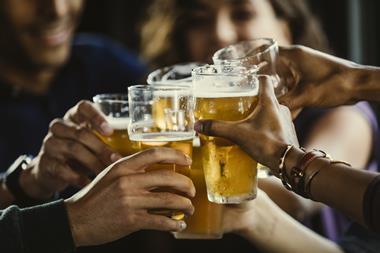


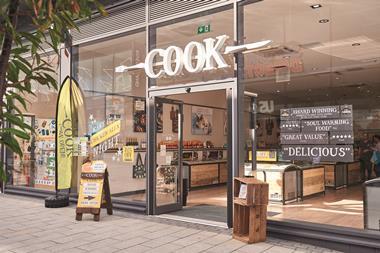
No comments yet